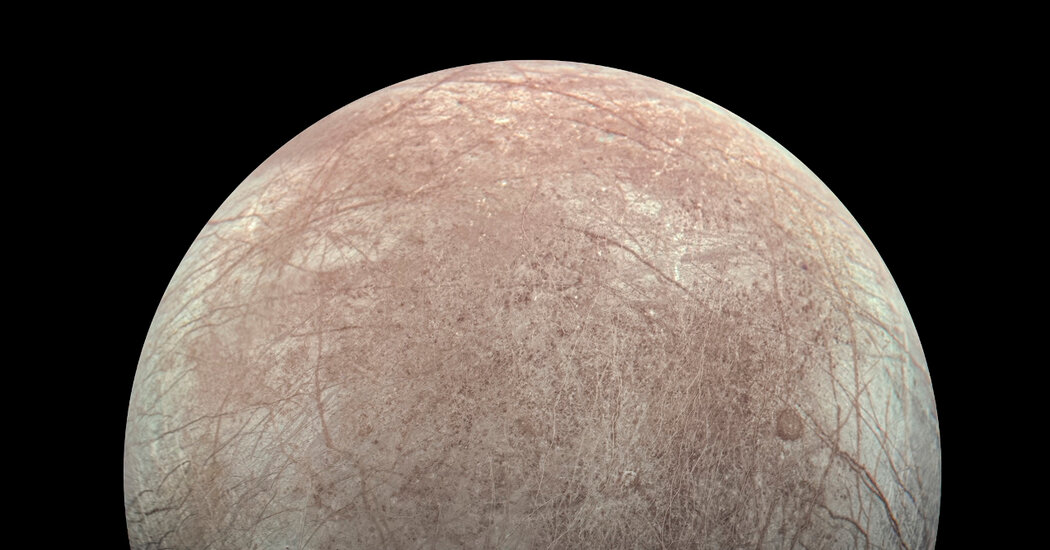Transistors on the Europa Clipper spacecraft, scheduled to launch in October, may not be able to endure the harsh radiation around the planet Jupiter.
NASA said on Thursday that it is studying the durability of transistors on a $5 billion spacecraft to Europa, Jupiter’s ocean moon, which has led to concerns about the spacecraft’s ability to function as originally planned in the heavy radiation around the solar system’s largest planet.
The equipment issue on the spacecraft could result in a lengthy delay of the mission, Europa Clipper, which NASA classifies as “flagship,” a designation for its most scientifically significant endeavors. Experts say that if the spacecraft launches in October, as scheduled, it may fall short of its scientific objective of assessing whether anything could live on Europa.
At issue is the ability of the transistors, the electric switches that are the building blocks of computer chips and other electronics, to resist the powerful radiation of the Jovian system.
Space is awash in radiation caused by forces such as cosmic rays and solar eruptions, and every spacecraft requires some level of radiation protection. But Europa orbits inside a particularly perilous region of space called the Jovian radiation belt, where conditions can be over 50 times more radioactive than those found around Earth.
Spacecraft engineers worry about two types of radiation dosages, said Scott Bolton, the principal investigator of Juno, a smaller NASA spacecraft currently orbiting Jupiter.
